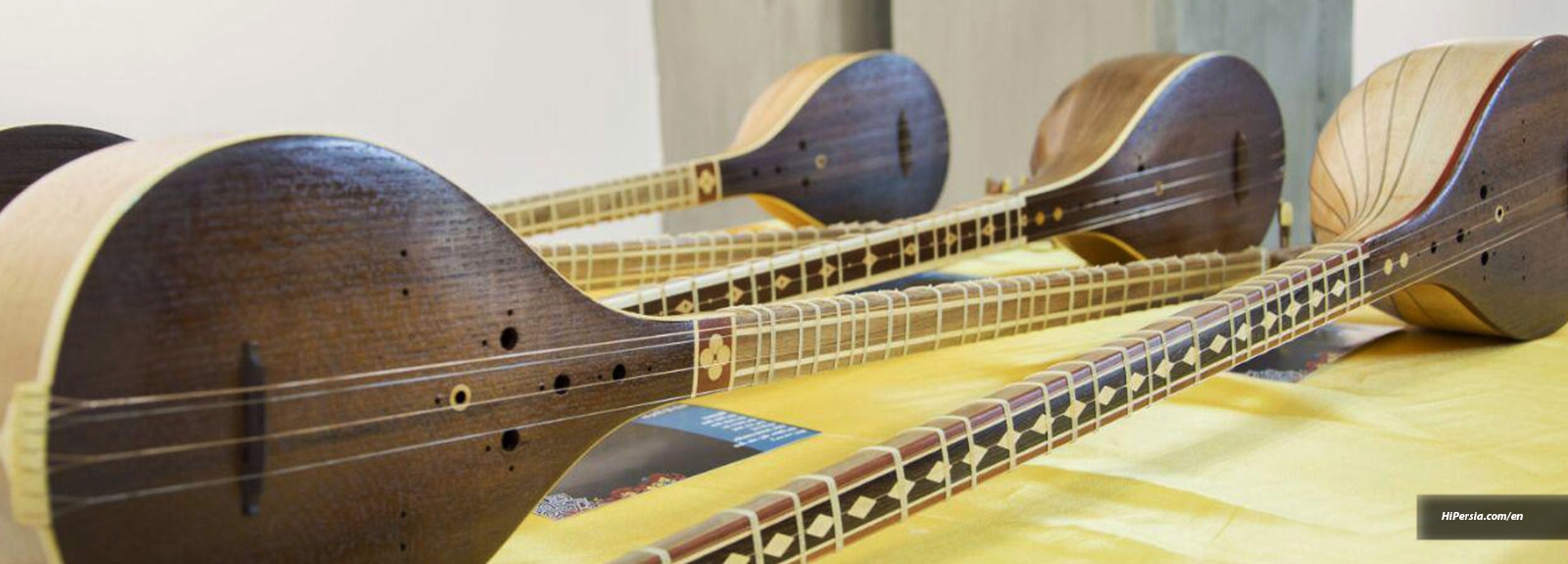1,604 Votes, Rating Value 4.22
Author: Mohammadreza Mazaheri
Edit date: 2025-07-03 09:30:45
Setar (musical instrument)
Setar is one of the string instruments of Iranian music. Setar used to be a family with instruments such as Dotar and Tanbur
Setar is one of the string instruments of Iranian music. This instrument is played with the fingernail of the right hand. Setar means three strings, but it is interesting to know that it has four strings. Of course, you should know that in the past, this instrument had three strings and after some changes, a fourth string was added to it. Setar used to be a family with instruments such as Dotar and Tanbur, and today it is much closer to tar. The oldest available examples of this instrument date back to 1200 AH.
-
playing Setar
To perform it, the musician sits on the floor or in a chair, place the bowl diagonally at a 45-degree angle on the right thigh, and move the fingers of the left hand on the frets on the Setar handle, and with The index finger of the right hand, hits the strings.

-
Structure
Setar has 4 strings made of steel and bronze. This musical instrument has 28 movable frets made of animal intestines or silk. The bowl of Setar is structurally similar to the bowl of incense or tanbur, but smaller than them and pear-shaped. The bowl of Setar is covered with thin boards of wood, which is called Safhe. Safhe has holes for sound output and is usually placed on the player's right hand. The length of the setar handle is 40 to 48 cm. The moving piece that is on the screen and three fingers away from the bottom of the bowl is called Kharak. The wire holder is located at the end of the bowl and is used to hold the wires.
In this instrument, there is a part called Sheytanak (devil), which is placed between the main part of the handle and the claw of the instrument, and it is made of bone or plastic. The Sheytanak is used to guide and divide the wires at the top of the handle.
The sound of the setar instrument is soft and nasal and somewhat sad. To make the setar, used wood (usually walnut, berry, and maple) for the body, wood (berry) for the plate, and wood (walnut) for the handle.
Shop now










